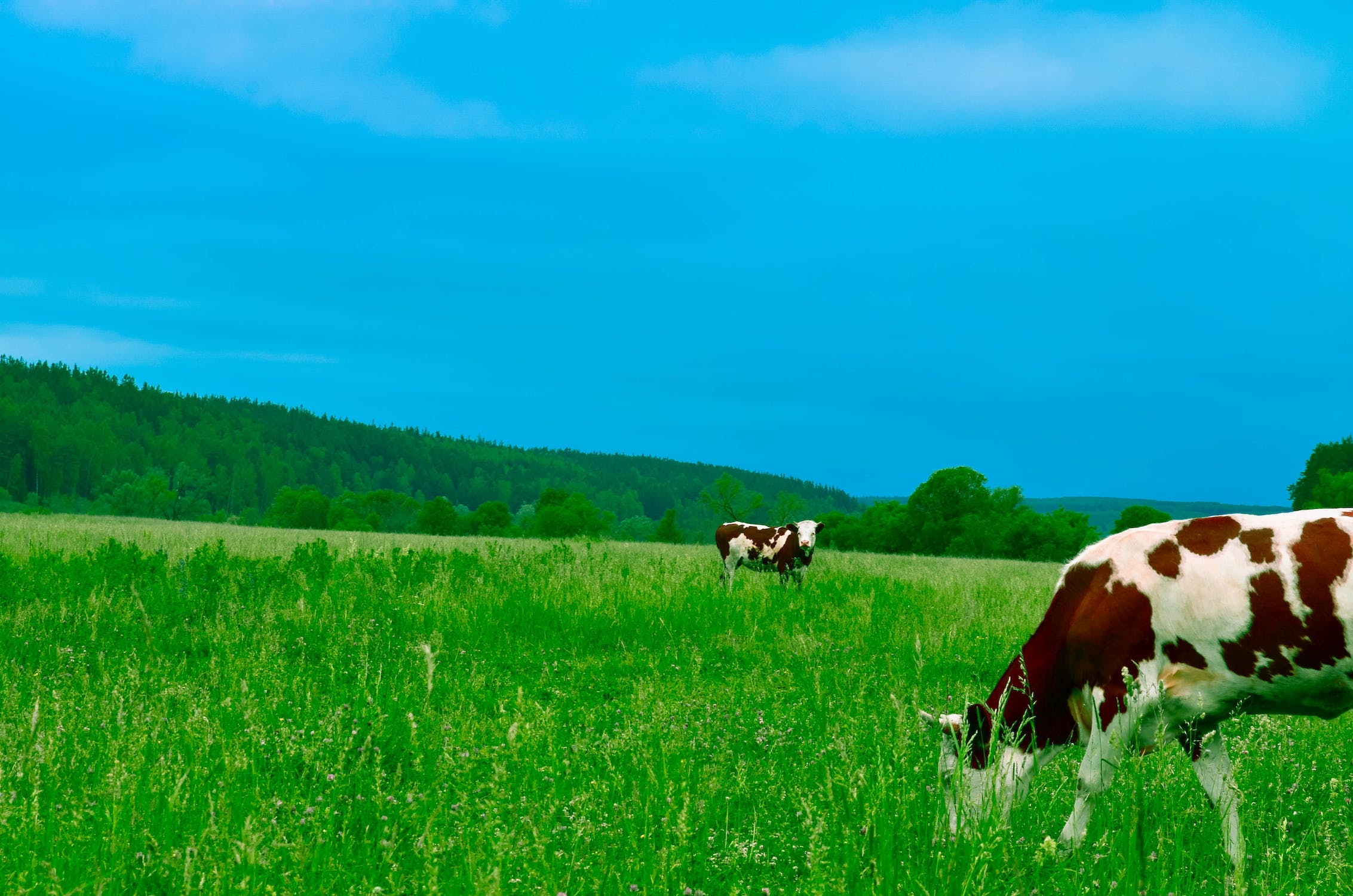
22 Apr DAIRY PRODUCTS 3.0: A NEW AGE OF MILK, CHEESE, YOGURT AND MORE
Dairy products are a staple in the diets of millions worldwide, offering a wide variety of delicious and nutritious options, from milk and cheese to yogurt and ice cream. As the global population continues to grow and consumer preferences evolve though, the the industry has been working tirelessly to adapt and innovate. Bearing this in mind, it’s high time to think more deeply about the future of dairy products and new trends popping up throughout the field.
News flash to start: The dairy industry is becoming increasingly aware of its environmental footprint, with many producers making significant strides towards more sustainable practices. One key area of focus is reducing greenhouse gas emissions. Novel approaches, such as feeding cows a diet rich in algae or utilizing methane capture technologies, are therefore being explored to mitigate the environmental impact of dairy farming.
Water conservation is another crucial aspect of sustainable dairy production too. Some farmers are adopting precision irrigation systems to optimize water usage, while others are incorporating innovative wastewater treatment methods to reuse and recycle water within their operations. Beyond this, many dairy producers are also adopting regenerative agriculture practices, such as cover cropping and rotational grazing, to promote soil health and reduce erosion.
Then again, as audience demand for plant-based and lactose-free alternatives grows, the dairy industry is responding with an array of innovative products as well. From almond and oat milk to coconut-based yogurt and vegan cheese, these alternatives cater to those with dietary restrictions, environmental concerns, or simply a desire for variety. The market for such innovative offerings is expected to continue its rapid growth, driven by advancements in food technology that enable improved taste and texture.
Advancements in technology are also revolutionizing the industry from farm to table. Precision farming techniques, such as drone-assisted monitoring and robotic milking systems, are helping farmers increase efficiency and improve animal welfare. In effect, such high-tech upgrades enable better herd management, earlier detection of health issues, and reduced labor costs.
In the realm of dairy product development, researchers are exploring exciting new frontiers, such as lab-grown milk proteins and cultured dairy products. Using cellular agriculture, scientists can produce real milk proteins without the need for cows, reducing the environmental impact of dairy production. This novel twist also opens new frontiers for the creation of entirely new dairy products, tailored to specific nutritional needs or preferences.
Oh yeah, and BTW: As our understanding of the relationship between diet and health deepens, the demand for functional and personalized nutrition is growing. Dairy producers are capitalizing on this trend by developing products that cater to individual dietary needs and preferences. This includes probiotic-rich yogurts to support gut health, fortified milk products for enhanced nutrition, and lactose-free options for those with sensitivities.
We’d also be remiss if we didn’t point out that in response to consumer demand for more sustainable and convenient packaging, the dairy industry is also exploring eco-friendly alternatives to traditional plastic containers. Edible packaging, biodegradable materials, and refillable containers are just some of the innovative solutions being tested. Then there’s smart packaging technologies, such as QR codes and freshness indicators, which are being incorporated to provide consumers with greater transparency and information about the products they purchase.



